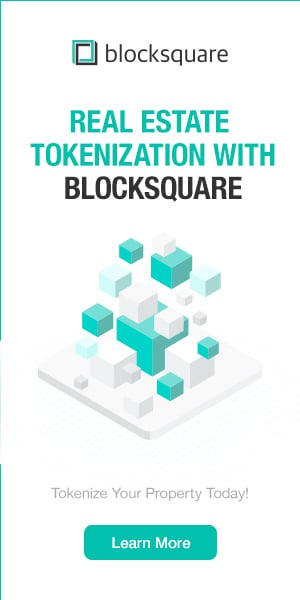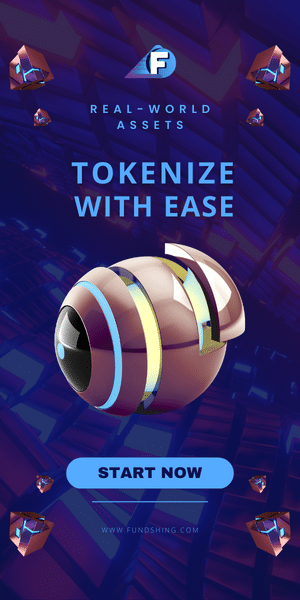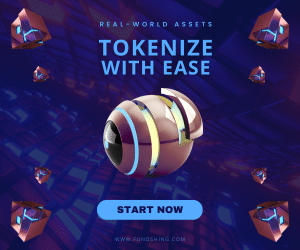“Gold that Grows” – How Blockchains can transform Forest Ownership and Impact Investing
When most people think about investments, owning sustainable forests doesn’t usually come to mind. Yet there has been growing recognition that forests offer many unique benefits, which include real, stable returns over the long term that are largely uncorrelated with more traditional assets such as stocks or bonds.
While gold has long been recognised as a “defensive asset”, in recent years sustainable forests have also started to gain the prominence they deserve. As “real” assets, both tend to protect wealth from the threats of economic downturns and inflation. Forests are also a great choice for the environmentally conscious investor, since photosynthesis as a growth process naturally takes carbon out of the atmosphere while the trees are growing.
Guest post by Ian Choo, Founder, Managing Partner at Ekofolio, The original version of this article was published on Trvst’s website.
The Problem with Sustainable Forestry
Despite the obvious benefits, very few people own any forests at all as part of their investment portfolio. Those that do, have usually come into ownership either via inheritance, or by investing very large sums of money – typically more than 5 million Euros. Then there is the inconvenience of waiting for an asset which takes decades to mature, is largely illiquid, and challenging to resell before then.
These factors have traditionally served as barriers to entry, limiting forest ownership to governments, institutions, and wealthy individuals, consequently limiting growth and liquidity in the asset class.
At its core, our diagnosis of what has prevented the forestry investment sector from achieving its true potential has been the high transaction costs between the people who own the forest, and those who manage it.
Here’s a simple illustration of how transaction costs have made things unviable: In mature economies with aging societies and lukewarm economic growth like the European Union, most of the returns from forest assets tend to come from just biological growth (the two other drivers being land and wood price appreciation), growing biologically at a rate of 3-4% per annum. After taking into consideration relevant fees for estate managers, administration and financial intermediaries – investors are effectively left with less than 1-3% per annum.
Prohibitive transaction costs in the sector can also come in many forms: From acquisition and difficulty in understanding the drivers of returns, to opaque processes for investor reporting, reselling, and even in returning capital to the rightful owners on harvest. The sector has been plagued with projects utilising questionable marketing tactics and governance standards.
Blockchains and Forests: A Natural Fit
As one of the key enabling technologies for Bitcoin and other cryptocurrencies, blockchains have gotten a lot of hype and attention in recent times. Proponents of the technology claim a nearly limitless suite of applications and industries where it will be fundamentally transformative. While our team remains healthily sceptical of some of these wilder claims, we have come to be convinced that with forests, and more broadly the “Natural Capital” sector – Blockchains could be a true game changer.
All hype aside, the promise of Blockchain technology has ultimately been about lowering barriers to entry, and enabling an “Internet of Value” – a near frictionless system for moving value without the need for traditional intermediaries. This is pretty much why it seems obvious to us at Ekofolio that blockchain is a natural fit for sustainable forestry.
Allow me to explain.
On one hand, forests represent real value for people – in economic, social and environmental terms. More importantly, they are real assets that grow in a predictable way over time – and have a multitude of uses in everyday life.
On the other, our conversations with a diverse array of investors – spanning a wide range of objectives, geographies and professions – indicate clearly to us that there is a latent pool of untapped “Conscious Capital”. These are people who express dissatisfaction with the status quo of alternative investments, where they are made to choose between doing well for themselves, and doing good for others, or indeed the environment. “Conscious Capital” wants to marry profit with purpose – and often would like to do so in a measurable, tangible way.
So far, we have the perfect asset class for a ready and willing pool of investors, but no real way for them to access it. So far, so bad.
Enter Blockchain.
Putting Forests on a Blockchain through Tokenisation
“Tokenisation” is a fancy way of describing the process of breaking up a large asset – for example a forest, into smaller tokens, recorded on a self-maintaining Distributed Ledger or Blockchain, and enabled by a number of technological and legal innovations.
While Tokenisation itself is not the revolution, it’s the first step to helping the asset class realise its true potential by removing illiquidity, the need for large tickets, and poor asset governance stemming from poor visibility. It makes ownership small and accessible enough to make a difference when put in the hands of this growing class of Conscious Capitalists, or as some prefer, Impact Investors.
As a system with minimal intermediaries and low costs for transactions, Blockchain becomes the engine for moving value around securely, at unprecedented low cost, in the process making woodlands inclusive to the broadest base of investors. This ultimately ensures that the maximum proportion of returns go back to the investors.
Ekofolio believes that technology, and specifically Blockchains, provides ready, transparent, and economical infrastructure for radically lowering transaction costs between investors and managers – if not eliminating them entirely. This has the potential to empower whole new communities of “Conscious Capitalists” who genuinely think and act like owners – both economically and psychologically.
In other words, the democratisation of forestry investments worldwide utilising Blockchain technology will enable an influx of capital, helping to plant millions more trees and combat climate catastrophe – essentially letting investors “save for their future, whilst saving the future”.
To learn more about Ekofolio and the current projects, please visit ekofolio.com.
Top Photo by Erico Marcelino on Unsplash
More Related Article:
Moss Platform Incorporates Tokenized Carbon Credits to Save the Planet
You Might also Like

























